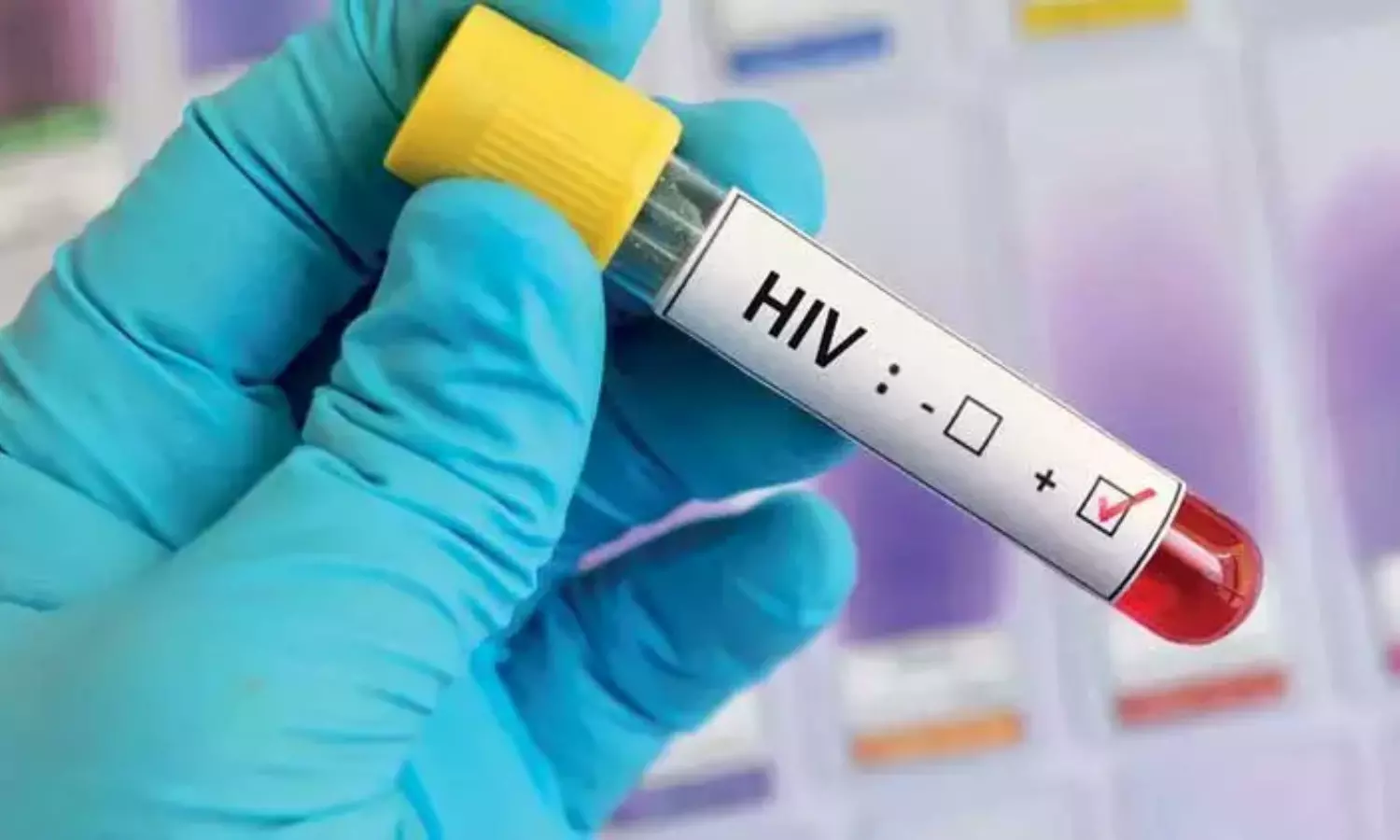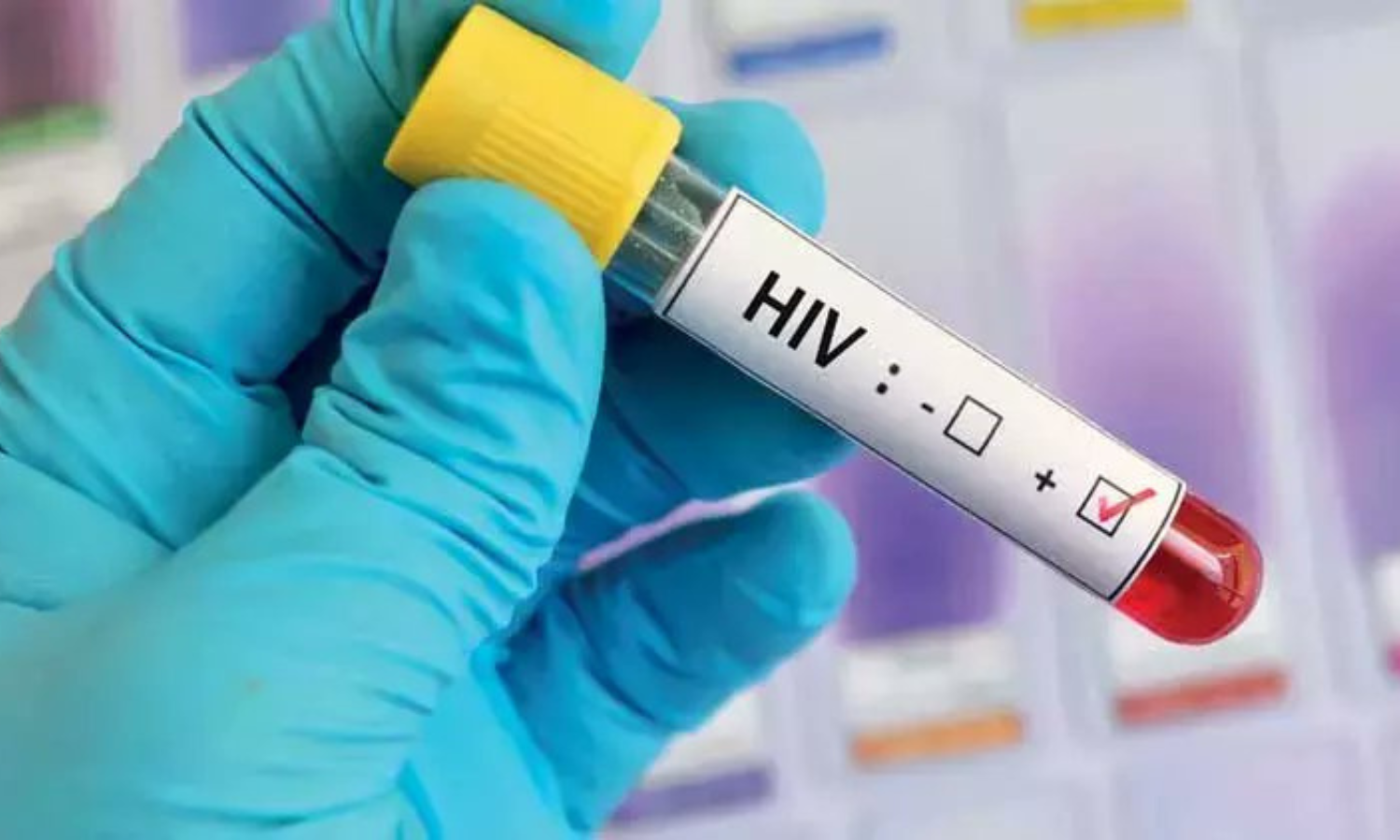
By Dr Monalisa Sahu, Consultant Infectious Diseases, Yashoda Hospitals, Secunderabad
Human Immunodeficiency Virus (HIV) affects millions worldwide, yet with the advancements in science, there are now effective methods to prevent its spread. Prevention is critical to control and ultimately eliminate HIV, and understanding these methods is essential for everyone.
Key HIV prevention strategies that can empower individuals and communities to reduce their risk:
1. Condom Use
How Condoms Work: Condoms act as a physical barrier that prevents the exchange of bodily fluids, such as semen and vaginal fluids, which can carry HIV. They are highly effective when used consistently and correctly during every sexual encounter.
Types of Condoms: Latex condoms are the most common, but non-latex options, such as polyurethane, are available for those with latex allergies.
Importance of Correct Use: Knowing how to put on a condom properly and ensuring it is used from start to finish during intercourse can maximize its effectiveness in preventing HIV.
2. Pre-Exposure Prophylaxis (PrEP)
What is PrEP: PrEP is a daily medication that people who are at high risk for HIV can take to reduce their chances of contracting the virus. When taken consistently, PrEP has been shown to reduce the risk of HIV infection from sexual contact by over 90% and from injection drug use by over 70%.
Who Should Consider PrEP: PrEP is highly recommended for those in high-risk groups, such as individuals with HIV-positive partners, those who have multiple sexual partners, or people who use injectable drugs.
Access and Adherence: Access to PrEP varies by location, but it is increasingly available through healthcare providers and community health centers. Adherence to daily intake is critical for PrEP’s effectiveness.
3. Post-Exposure Prophylaxis (PEP)
How PEP Works: PEP is a short-term treatment that can prevent HIV infection after potential exposure. It involves taking antiretroviral medications for 28 days and must be started within 72 hours of exposure to be effective.
When to Use PEP: PEP is intended for emergency situations, such as after unprotected sex with a partner of unknown HIV status or after a possible exposure through needle-sharing.
Access to PEP: PEP is available in emergency rooms, clinics, and some pharmacies, though availability varies by location. Access to PEP and quick action can make a significant difference in preventing HIV.
4. Regular Testing and Treatment for HIV
The Importance of Testing: Knowing one’s HIV status is essential for both prevention and treatment. Regular testing allows individuals to seek early treatment if positive, which reduces the viral load and the risk of transmission to others.
Treatment as Prevention (TasP): People living with HIV who take antiretroviral therapy (ART) as prescribed can achieve an undetectable viral load, meaning the virus cannot be transmitted to sexual partners. This concept, known as “undetectable = untransmittable (U=U)”, highlights the preventive benefits of treatment.
Access to Testing: Many clinics, community health centers, and even home test kits offer accessible HIV testing options. Regular testing is encouraged, especially for those at higher risk.
5. Harm Reduction for Injection Drug Users
Needle and Syringe Programs (NSPs): These programs provide clean needles and syringes to individuals who inject drugs, reducing the risk of HIV transmission through shared or contaminated equipment.
Supervised Injection Sites: In some countries, supervised injection sites provide a safe space for injection drug users, with access to clean supplies and medical staff, further reducing the risk of HIV and other infections.
Education on Safe Practices: Harm reduction also includes education on safer injection practices, which is crucial for preventing HIV and Hepatitis C transmission.
6. Education and Awareness
Understanding HIV and How it Spreads: Comprehensive education is one of the most effective tools for HIV prevention. Understanding how HIV spreads, risk factors, and prevention methods can empower people to make informed decisions.
Community Outreach and Advocacy: Educational programs, especially in communities with high HIV prevalence, can raise awareness, dispel myths, and encourage safe practices.
Empowering Youth and Vulnerable Populations: Young people and vulnerable populations, such as the LGBTQ+ community, often benefit from targeted educational campaigns that address unique risks and preventive measures.
HIV prevention requires a multifaceted approach involving individuals, communities, and healthcare providers. By embracing these prevention methods, from consistent condom use and PrEP to regular testing and harm reduction, we can collectively work toward reducing HIV transmission rates and improving public health. Awareness, education, and accessibility are vital, ensuring everyone has the knowledge and tools they need to prevent HIV.
